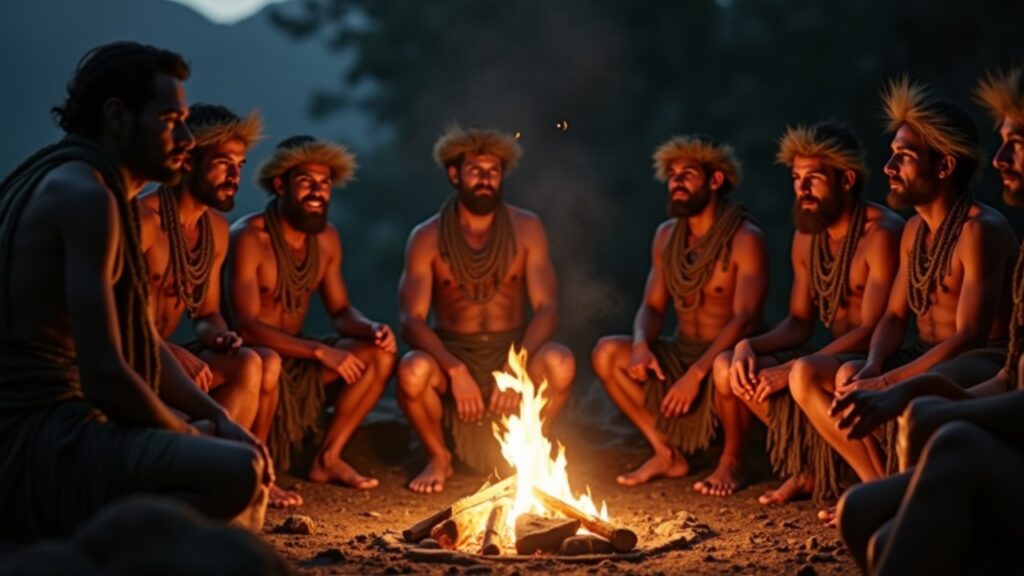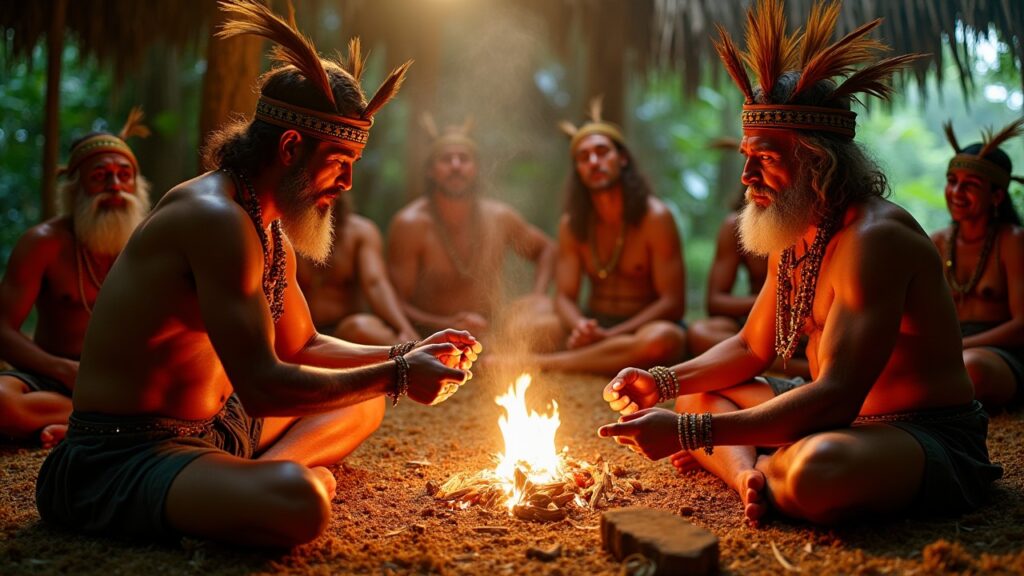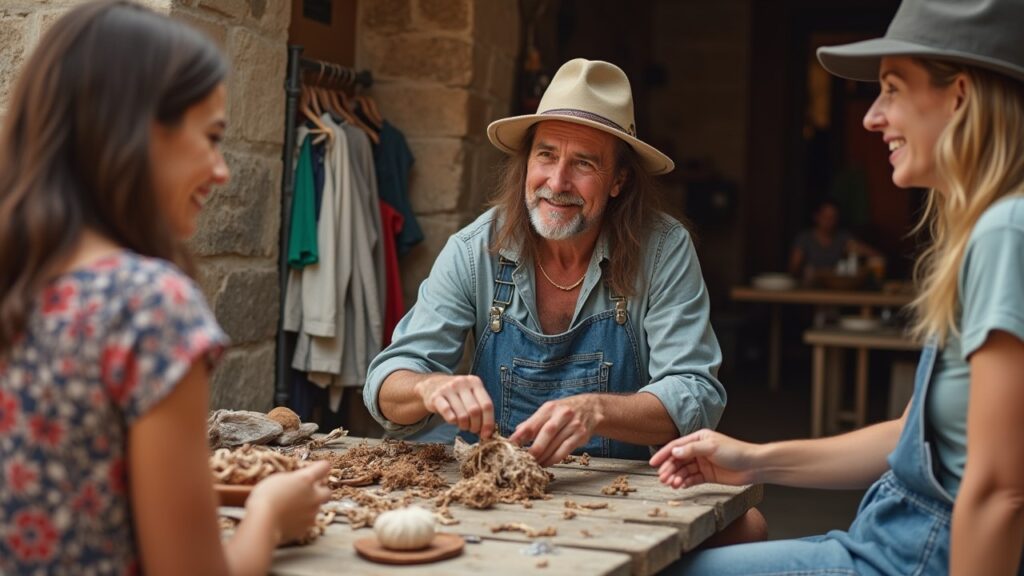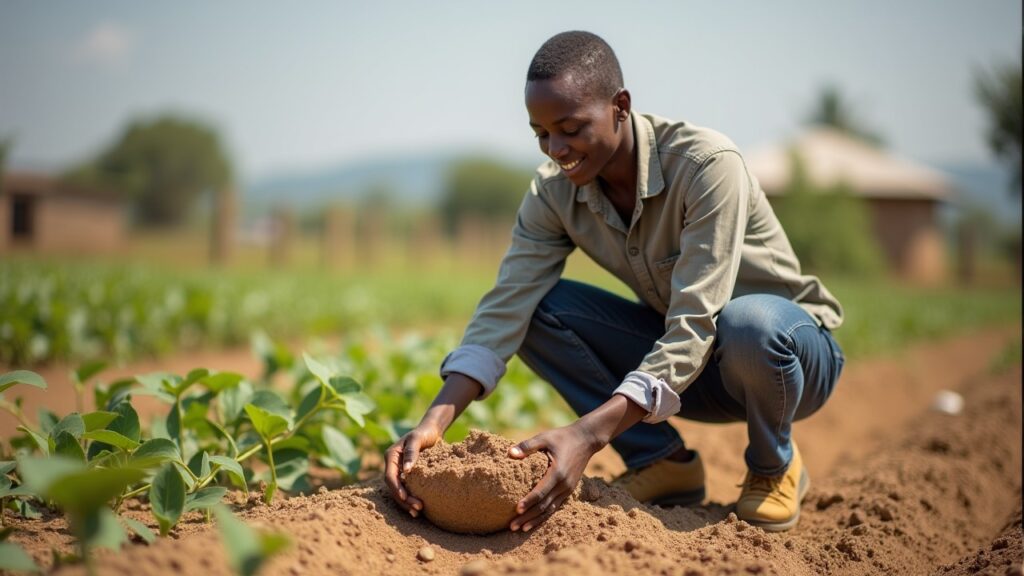Peru is a land of ancient civilizations, breathtaking landscapes, and vibrant cultures. While many travelers visit for Machu Picchu or the Nazca Lines, few venture into the heart of the Amazon or the Andes to experience life with indigenous tribes. Living with indigenous tribes in Peru is a transformative journey that offers a deep connection to the land, its people, and their traditions. In this guide, we’ll explore what it’s like to live with indigenous tribes, how to prepare for this unique experience, and why it’s a must for culturally curious travelers.
Why Live with Indigenous Tribes in Peru?
Living with indigenous tribes in Peru is more than just a travel experience—it’s an opportunity to immerse yourself in a way of life that has remained unchanged for centuries. Here’s why this experience is so special:
- Cultural Immersion: Learn about ancient traditions, rituals, and daily practices that have been passed down through generations.
- Sustainable Tourism: Support local communities by participating in eco-friendly and culturally respectful tourism.
- Personal Growth: Step out of your comfort zone and gain a new perspective on life, community, and the environment.

Indigenous Tribes in Peru: Who Are They?
Peru is home to dozens of indigenous tribes, each with its own unique culture, language, and traditions. Here are some of the most well-known tribes you can visit:
- The Quechua: The descendants of the Inca, living primarily in the Andes. They are known for their vibrant textiles, agricultural practices, and Quechua language.
- The Ashaninka: One of the largest indigenous groups in the Amazon rainforest, known for their deep connection to nature and sustainable living.
- The Shipibo-Conibo: An Amazonian tribe famous for their intricate art, traditional medicine, and spiritual practices.

What to Expect When Living with Indigenous Tribes
Living with indigenous tribes in Peru is a unique and humbling experience. Here’s what you can expect:
- Simple Accommodations: Most tribes live in traditional huts made from natural materials. Be prepared for basic amenities and a close connection to nature.
- Daily Activities: Participate in daily tasks like farming, fishing, weaving, or cooking. These activities offer a glimpse into their way of life.

- Cultural Exchange: Share your own culture while learning about theirs. This mutual exchange is the heart of the experience.

How to Prepare for Your Stay
Living with indigenous tribes requires careful preparation to ensure a respectful and enjoyable experience. Here’s how to get ready:
- Research the Tribe: Learn about their customs, traditions, and etiquette before you arrive.
- Pack Appropriately: Bring lightweight, modest clothing, sturdy footwear, and eco-friendly toiletries. Avoid flashy or expensive items.
- Learn Basic Phrases: While many tribes speak Spanish or Quechua, learning a few phrases in their native language shows respect and effort.
- Respect Their Rules: Follow their guidelines, especially regarding photography, sacred sites, and personal space.
If you are female solo traveler and want to visit india refer to my this article- Top 10 Solo Female Travel Destinations in India

Highlights of Living with Indigenous Tribes
Here are some unforgettable experiences you can look forward to:
- Traditional Ceremonies: Participate in rituals like Ayahuasca ceremonies (if invited) or harvest festivals.
- Hands-On Learning: Try your hand at traditional crafts like weaving, pottery, or beadwork.
- Nature Immersion: Explore the Amazon rainforest or Andean highlands with local guides who know the land intimately.

Respectful Engagement: Dos and Don’ts
When living with indigenous tribes in Peru, it’s crucial to be a respectful and responsible traveler. Here are some dos and don’ts:
- Do:
- Ask for permission before taking photos or participating in activities.
- Support local economies by purchasing handmade crafts or products.
- Listen and learn without imposing your own beliefs or opinions.
- Don’t:
- Disrespect sacred sites or traditions.
- Waste resources like water or food.
- Expect modern conveniences or luxury accommodations.
If you are solo traveler you can refer to my this post- Solo Travel for Beginners-Your Ultimate Guide to Traveling Alone with Confidence

How to Arrange Your Stay
To ensure a safe and meaningful experience, it’s best to arrange your stay through reputable organizations or tour operators. Here are some options:
- Community-Based Tourism Programs: Many tribes work with NGOs or local organizations to offer authentic experiences. Look for programs that prioritize sustainability and fair compensation.
- Local Guides: Hire a local guide who has a relationship with the tribe and can facilitate your visit.
- Volunteer Opportunities: Some organizations offer volunteer programs where you can contribute to community projects while living with the tribe.

FAQs About Living with Indigenous Tribes in Peru
1. Is it safe to live with indigenous tribes in Peru?
Yes, it’s generally safe if you go through reputable organizations and follow local guidelines. Always prioritize respect and cultural sensitivity.
2. What should I pack for my stay?
Pack lightweight, modest clothing, sturdy shoes, a reusable water bottle, eco-friendly toiletries, and a small gift for the community (e.g., school supplies or seeds).
3. Can I take photos during my stay?
Always ask for permission before taking photos. Some tribes may have restrictions, especially during ceremonies or at sacred sites.
4. How long should I stay with the tribe?
Most programs offer stays ranging from a few days to a couple of weeks. Choose a duration that allows you to immerse yourself without overstaying your welcome.
5. How can I support the tribe during my visit?
Support the tribe by purchasing their crafts, participating in community projects, and spreading awareness about their culture and challenges.

Final Thoughts
Living with indigenous tribes in Peru is a once-in-a-lifetime experience that offers profound insights into ancient cultures and ways of life. It’s a chance to step away from modern conveniences, connect with nature, and form meaningful relationships with the people who call these lands home. By approaching this experience with respect, curiosity, and an open heart, you’ll not only enrich your own life but also contribute to the preservation of these incredible cultures.
Some useful references-
Learn more about sustainable tourism initiatives in Peru from Responsible Travel.
Explore the rich culture of Peru’s indigenous tribes on Survival International’s website.


